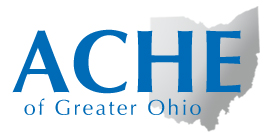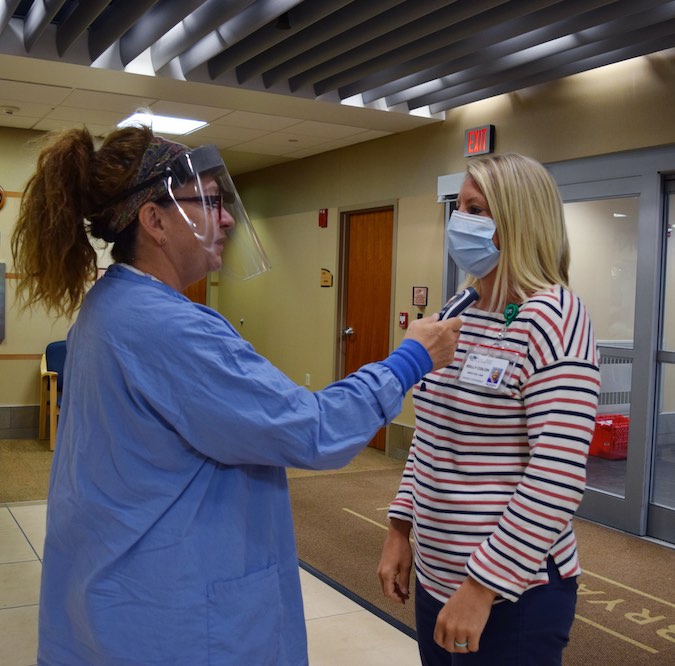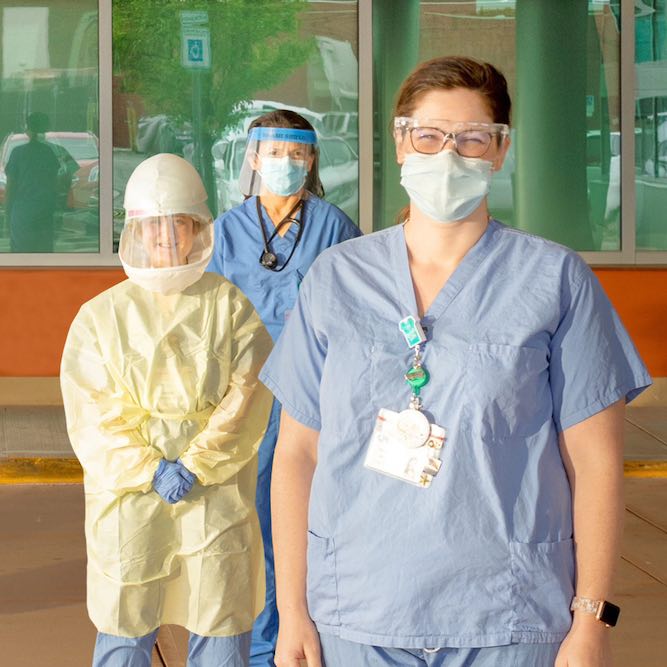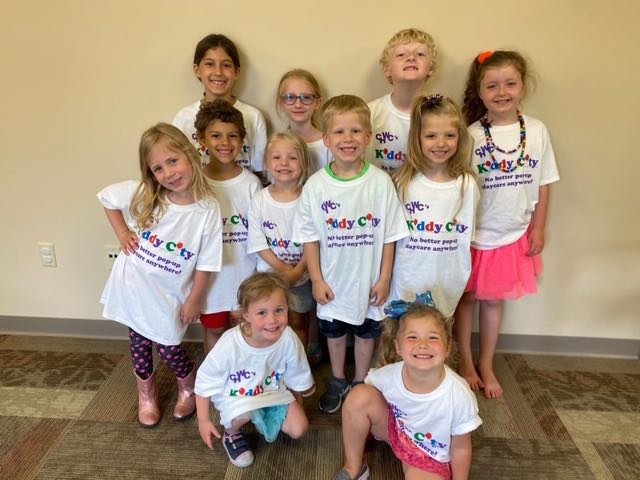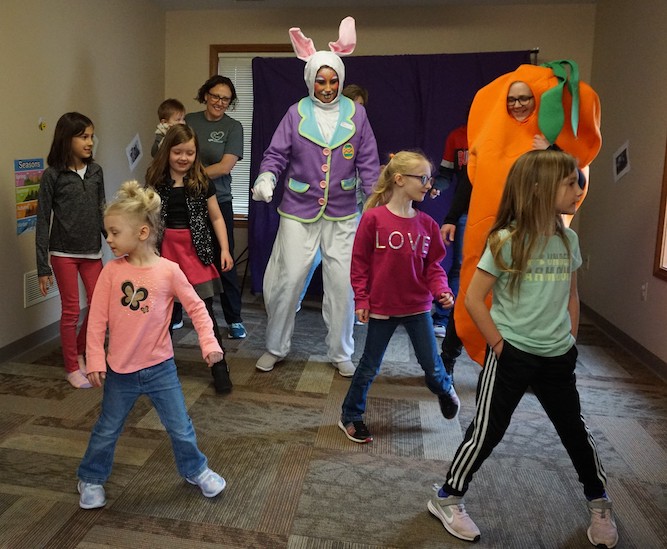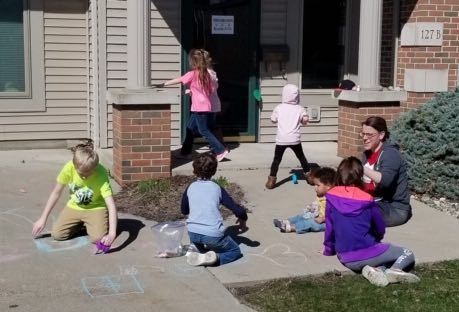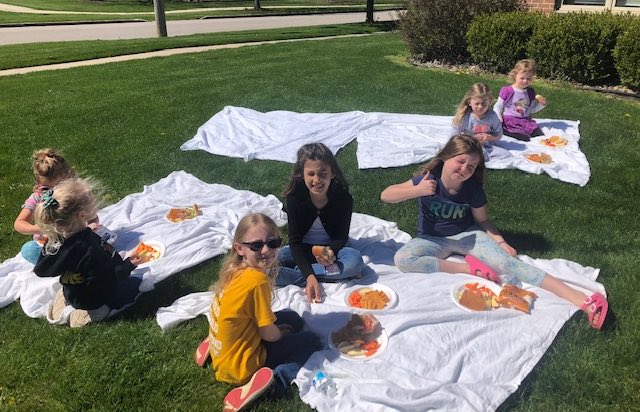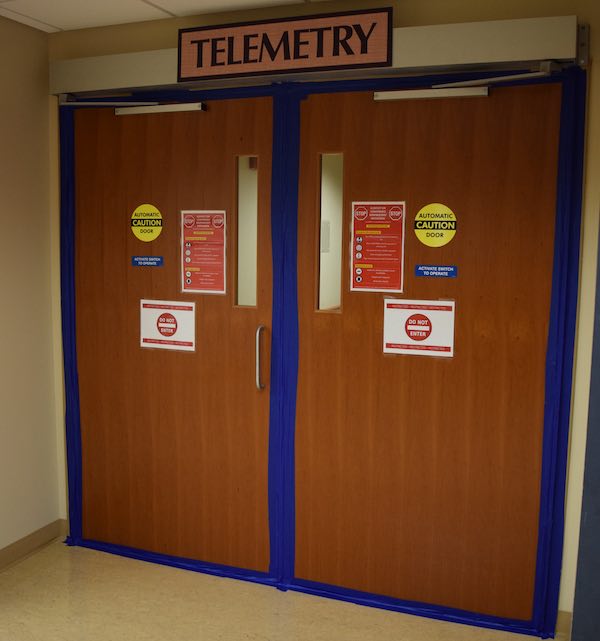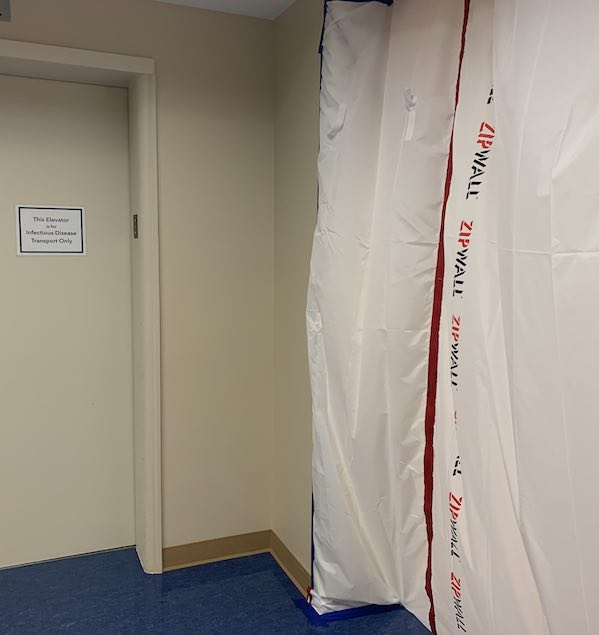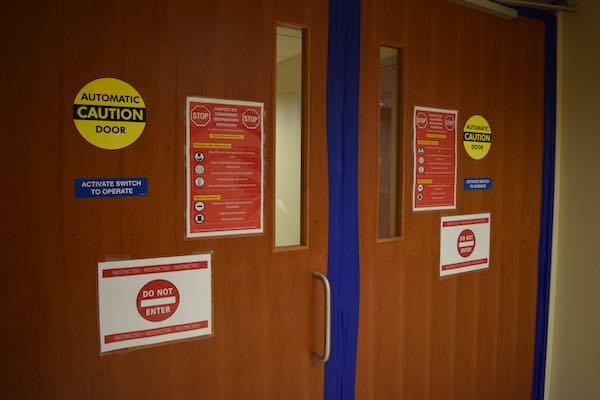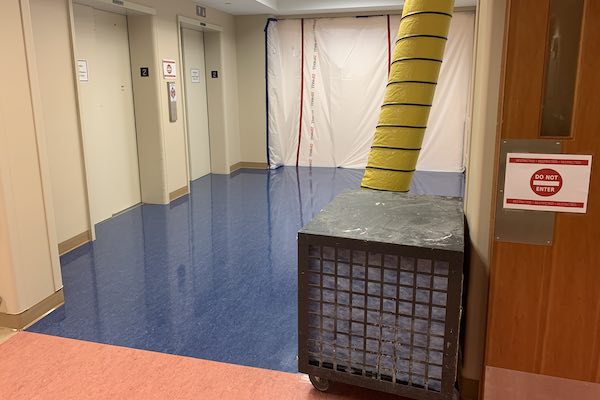Here we are today, May 15th..
Here we are today, May 15th. Basically the end of the tenth week for us since the wheels really started turning in March. Quarantines and isolations have been in effect for almost two months; schools moved to online classes, graduations have been canceled, restaurants, bars, theaters, and many businesses have been closed seemingly forever. We’ve witnessed both hopeful and tearful accounts of what this foul, real, virus can do to people both in our county and in the surrounding areas. We’ve also witnessed what our magnificent CHWC family can accomplish together, along with the strong and generous support of our community. These are things that we’ll never forget and are hopefully lessons that will stand the test of time.
The last ten weeks have been filled with unprecedented frustrations and challenges to the healthcare industry and surrounding communities. Tears, anger, despair, and countless other emotions have been evident. But, so have some very positive emotions and interactions. As I write this, community businesses have partnered to provide lunch for the entire hospital staff today. This is one of many times where this has occurred over the past weeks. Yesterday, there was a flyover to honor healthcare workers everywhere. Community members, businesses, and even vendor partners have reached out wanting to know how they can help, whether it be by making a donation, making cloth masks or simply putting a sign in their yard about supporting healthcare workers. For as ugly as this virus can be, it’s comforting to know that it has also brought out a very attractive, supportive side of our staff, community members, and stakeholders…
